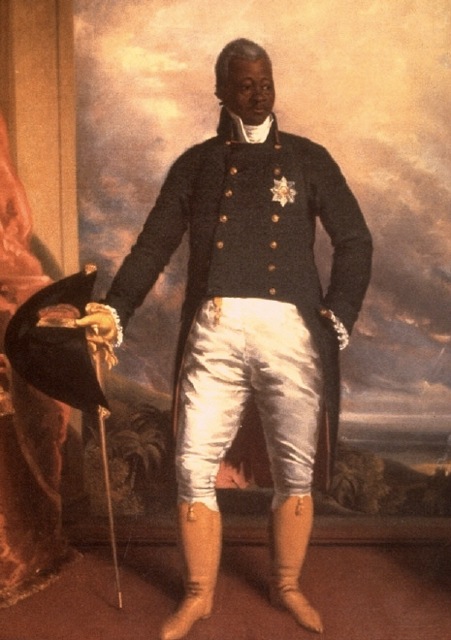Mar
28
a plethora of comparisons
Posted by: | March 28, 2010 | Comments Off on a plethora of comparisons
(ok, maybe not a pleathora, but it’s just so fun to say)
Marquez is in no way giving us a history lesson, he’s more concerned with human behaviour than the telling of events. Cien an~os de soledad is more centered around the playing out of the impulses of individual characters rather than the playing out of socio-political events that is central to El Reino and less so to Leyendas. When the war comes to Macondo, Marquez devotes more attention to showing how it effects individual characters rather than describing the ins and outs of the war. For example, the way the war changes Aureliano, his initial blooming out of his shell and then slow spiral into ever deeper solitude is more important to the story than the war itself. What keeps the reader’s interest is not the ideological struggle between liberals and conservatives, it is the everyday struggle of the rich characters of Macondo and especially the Buendia family. Many characters central to the story seem to be suffering from some classifiable disorder, be it post traumatic stress disorder in the case of Aureliano Buendia or OCD in the case of the soil eating. Cien an~os reads like an epic soap opera because it is so centered around family and individual psychology. Its setting is much more contained than the other two book. The bulk of the novel takes place in a single house which gives the story an insular feeling and also a feeling like this story could be taking place in the small town of any country. El Reino and Leyendas are the stories of whole countries.
Two of the three books have specific objectives. Leyendas de Guatemala has an anthropological objective, El Reino de Este Mundo has historical objective and Cien An~os seems more like a study of human behaviour with great attention to the cyclical nature of families over generations and the effects of these cycles on human civilization. Asturias had a strong cultural agenda in writing Leyendas de Guatemala. He was motivated by a need to tell the story of the Guatemalan people in the face of the country progressing into modernity and losing its collective identity. In the book he tells the myths of a specific group of people through time. Cien an~os, jumps back and forth in time. The absence of linear time gives the book a mythic quality that in some ways resembles the mythic qualities in Leyendas but it has no sign being a myth to inform. Didactic it is not. I’m not sure if Marquez intended for it to have any message no matter how deeply hidden. The one that I can extract most readily, and here it is in a crude form, is that history repeats itself because human behaviour is predictable. Marquez tells a fable about a family and a town while at the same time, telling the history of human civilization. El Reino also tells of how history repeats itself but unlike Cien An~os, it follows a linear path, telling the events of the revolution in chronological order. It shows the cycles of oppression. Ti Noel cycles between being a slave and being free. He never escapes the oppression. When he escapes the oppression of the whites, he becomes oppressed again by the black leadership. The members of the Buendia family are caught in a cycle that could be called the oppression of genes and place of nurture… hmm food for thought.
ps -If anyone has found a way to write accents in Open Office using accent codes, please let me know. Thanks

